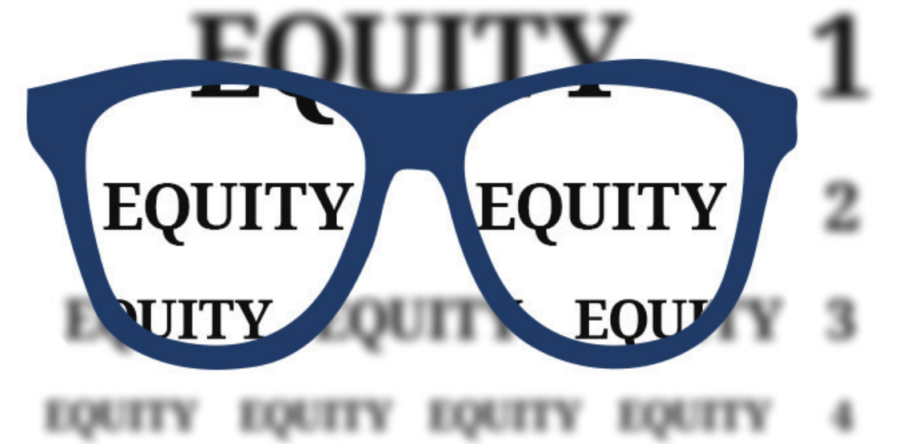Viewing Public Policy through an Equitable Lens
By Keith L. Scott, MBA, PMP
Government agencies and many philanthropic non-profit organizations exist to serve the community. They are tasked developing and implementing public policies that are equitable for all members of society. To do so, policies must be developed with that sentiment through an equitable lens.
What is an equitable lens?
Viewing public policy through an equitable lens requires an impact assessment of the design and implementation of an individual policy on underserved and marginalized individuals or groups. Well written equitable public policies consider all potential impediments to fairness and seeks to eliminate them. The impacted groups include race/ethnicity, religious expression, veteran status, nationality, people who identify as women, age, socio-economic, people with both apparent and non-apparent disabilities, people of various gender and sexual identities and expressions, American and other indigenous populations. We all bring our own biases to the table and because of that, unconsciously, well intentioned public servants can create policies that produce and/or exacerbate said inequities into our society. As a result, certain communities experience negative social determinants of health, food insecurity (i.e., deserts), public safety and environmental concerns, or lack of access to technology. Therefore, a protocol for ongoing policy reviews will provide a structure for institutionalizing the consideration of equity in the process of making, implementing, and assessing policy.
The first step in establishing an equity policy review is to understand the policies’ general purpose. What is the objective and expected outcome of the policy? Policies are often developed without the potentially impacted stakeholders at the table during the design phase. Without their perspective and input, a policy can be developed that has unintended consequences. Therefore, an impact assessment must be performed to evaluate intended outcomes. Policymakers must address the key drivers of the policy (i.e., why are we doing this?). Secondly, public policymakers often realize that some impact may be present, but there must be an understanding and acknowledgment of the level of acceptable risk of disparity. Moreover, if slight disparities exist, to what degree and how would government leaders monitor the policy outcomes so the inequities are not egregious. For example, by locating a power plant in a certain geographic area are we creating the potential for cancer clusters in that community. Third, how do we measure success and what “good” looks like when policy decisions are implemented. Public policymakers must set benchmarks and leverage data models to monitor ongoing performance. In doing so, you establish accountability for outcomes.
In closing, we must realize and recognize that policymakers bring a life of bias and lived experience. We can identify problems throughout our society that affect certain groups and communities. However, establishing a methodology where everyone is represented in the design and implementation of public policy will bring transparency and a clear vision through an equitable lens.





